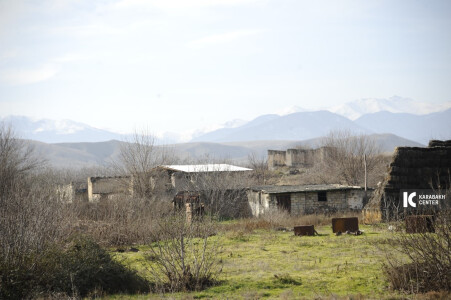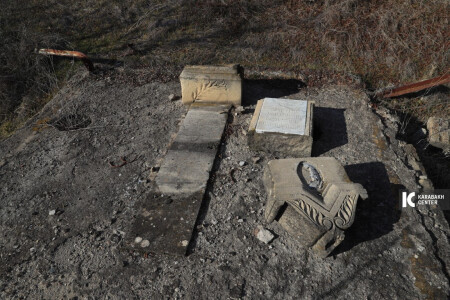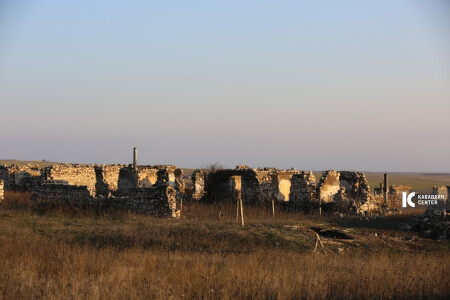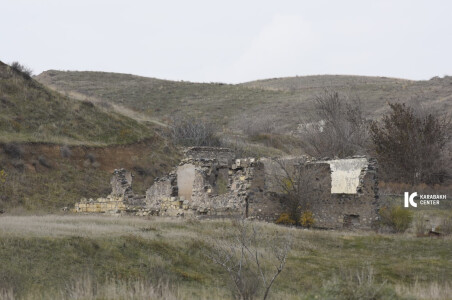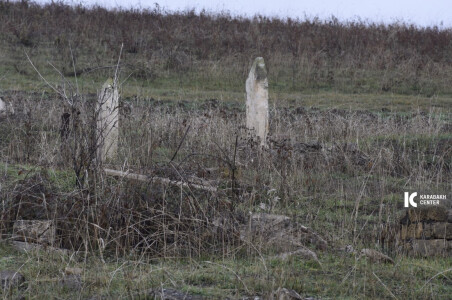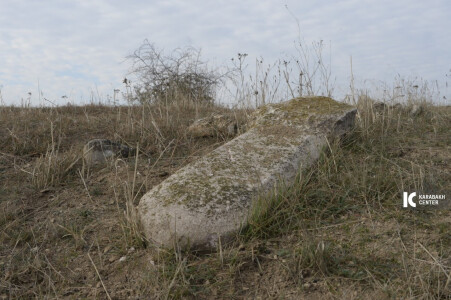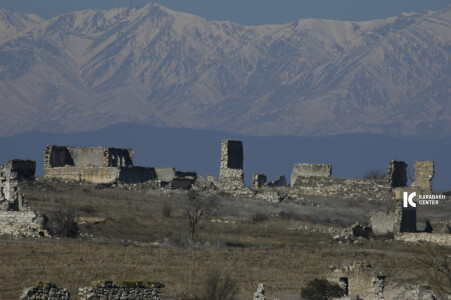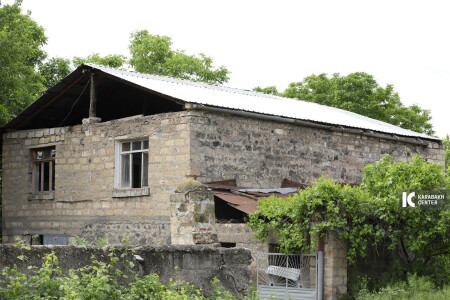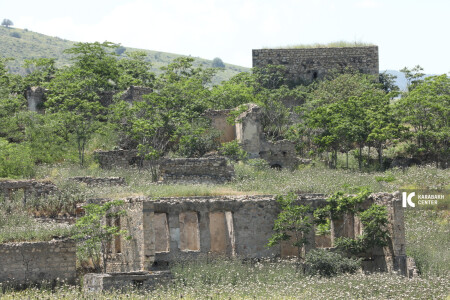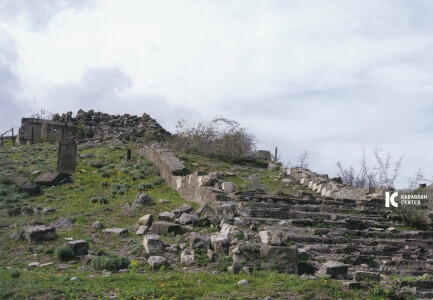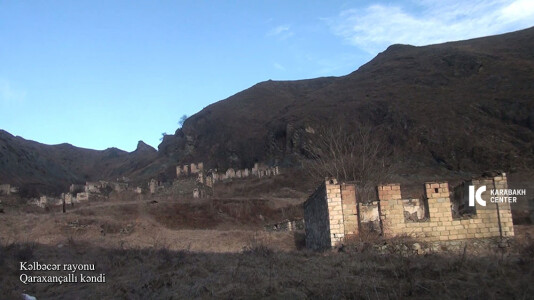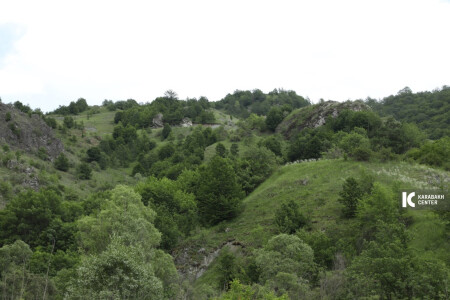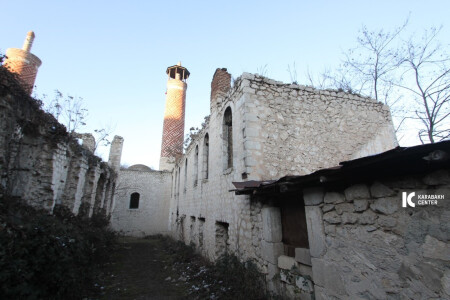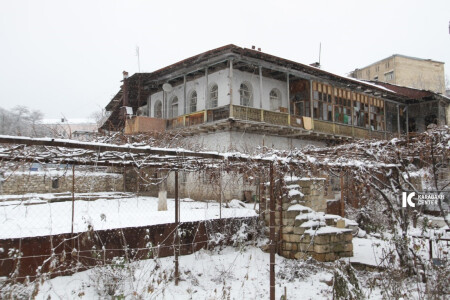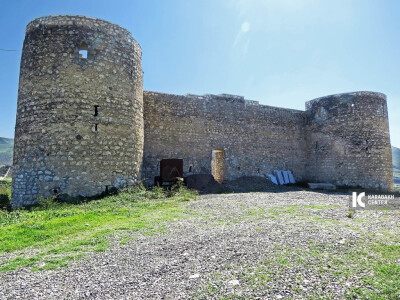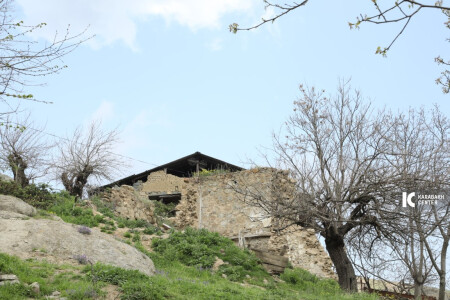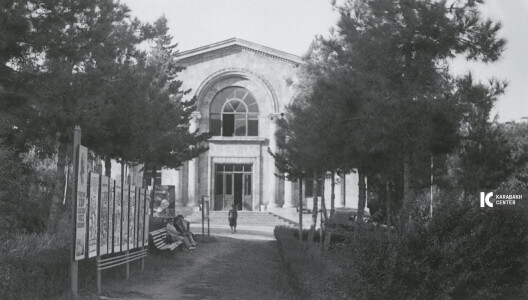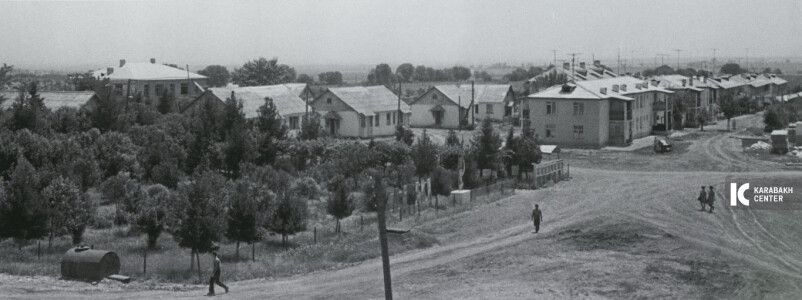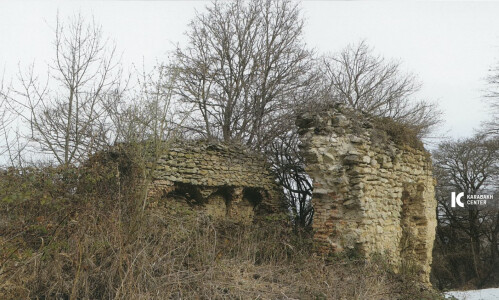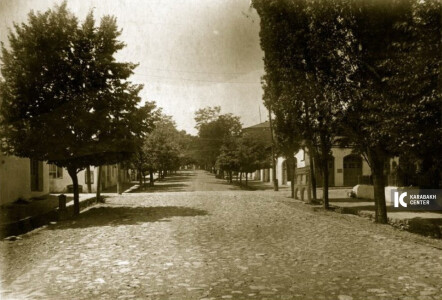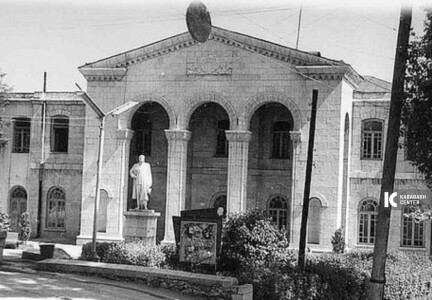Urbicide
Armenian vandalism
“What does it mean to murder the city? It means to suppress its power, stifle its metaphysical essence, its will to live, its individuality; (...) dispelling the memory, destroying its past along with its present. "
Architect Bogdan Bogdanovich
The term "Urbicide", which was used for the first time in the 1960s, is literally translated from Latin as "violence against the city."
It became widely used after the events in the city of Sarajevo (Bosnia and Herzegovina) in the early 1990s, where the war and the four-year siege of the city led to disastrous consequences.
“The destruction of the city is the destruction of memory: along with monuments, houses, libraries, hospitals, the city loses what all these objects meant to the people who lived here,” wrote researcher Justina Selvelli in her work dedicated to the siege of Leningrad in World War II and the siege of Sarajevo during the Bosnian War.
The history of mankind witnessed several cases as disastrous as these two.
However, if the fate of the destroyed European cities is to one degree or another known to the world, and the memory of the victims of these tragedies is preserved and passed on to future generations, international media published almost no information about the cities of Azerbaijan, destroyed during Armenian occupation of Karabakh.
The first Karabakh war of the early 1990s between Armenia and Azerbaijan and the subsequent almost 30-year occupation of Nagorno-Karabakh and adjacent regions of Azerbaijan by Armenia turned hundreds of Azerbaijani villages and cities into ruins.
A number of cities were completely destroyed, and subsequently dismantled to the last stone as a building material.
On the photographs presented at our website, you can see hundreds of settlements destroyed by the Armenians to the ground. The invaders did not spare neither residential buildings, nor architectural monuments, nor cemeteries.
The best evidence of catastrophic consequences of Armenian occupation are photos that are presented to your attention.


